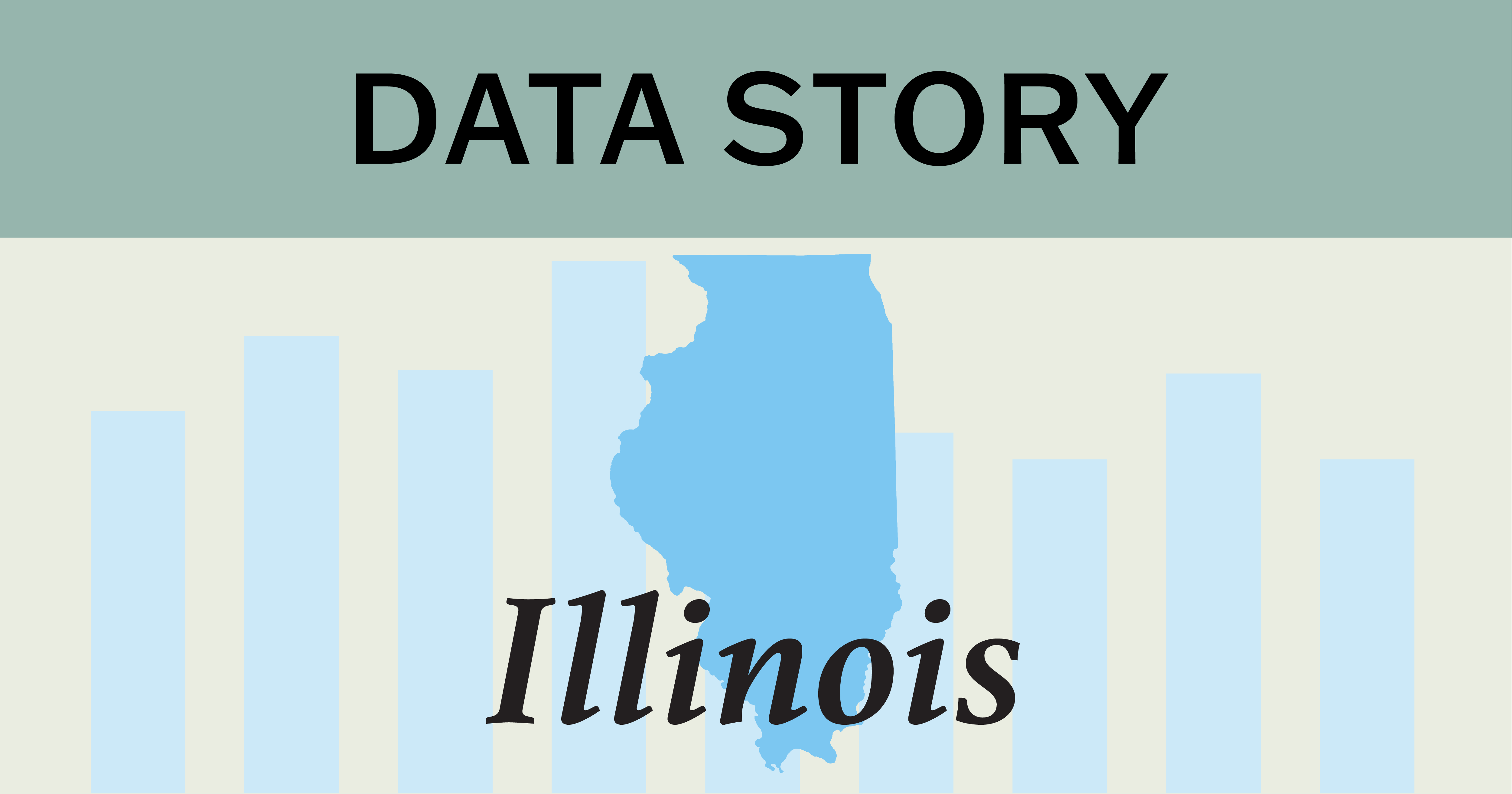Posted in: Aha! Blog > Wit & Wisdom Blog > Professional Development > Coaching Wit & Wisdom Educators: Building a Relationship for Effective Curriculum-Based Coaching
This month, Amina Naseer shares her reflections on some of the principles that ground Wit & Wisdom®’s approach to coaching. Educators can experience these and other principles while working with an implementation leader in our newest professional learning offering, the Wit & Wisdom Coaching Series.
Implementing a new curriculum can be a challenging experience for educators as they learn new ways of teaching and learning. As educators seek to learn and grow, a safe, trusting relationship with an instructional coach is paramount to their success. As an implementation leader, I work alongside instructional leaders to strengthen their coaching practices as they support implementation of Wit & Wisdom. One of the first steps I encourage coaches to take is to ensure they are building and nurturing strong, trusting relationships with teachers in their school or district. While many acts, big and small, go into fostering trust, I have seen effective coaches prioritize three actions: promote inquiry and reflection, focus on evidence and strengths, and engage in frequent and ongoing conversations.
Promote Inquiry and Reflection
One benefit of engaging in inquiry with teachers is that the coach doesn’t need to be the sole owner of expertise. Leading a coaching session with an inquiring lens empowers teachers to lead the learning. A question can lead to a powerful reflection, open a space for new questions, or create an opportunity for the teacher to share expertise. When a coach commits to leading with inquiry and reflective questions as an integral part of coaching conversations, they invite the transparency and vulnerability needed to build a relationship with a teacher. Over time, transparency and vulnerability from both the coach and the teacher foster the trust needed for a successful coaching relationship.
I recently facilitated an initial coaching conversation with a teacher. We were discussing the role of productive struggle in Wit & Wisdom. As I shared some examples of what student learning looks like with no struggle, unproductive struggle, and productive struggle, I noticed a shift in the teacher’s body language. I simply asked, “What’s coming up for you right now?” She shared her reflections on the classroom examples—in particular, that she realized she was consistently providing too much support to her grade 1 students. She identified her own need in implementation, which was to increase the amount of productive struggle for her students. Because I opened our coaching with inquiry, the teacher was able to express her area of need. Using inquiry and creating a space for reflection as a part of our conversations fostered trust for us to continue and deepen our work together.
Focus on Evidence and Strengths
As a coach, I take a strengths-based approach, rather than focusing on perceived gaps or weaknesses. Focusing on the gaps in instruction or perceived weaknesses stifles learning and growth (Buckingham and Goodall). Additionally, Buckingham and Goodall point out that a conversation about perceived weaknesses activates the “fight or flight” response—causing the teacher to put up defenses and inhibiting the teacher from engaging. If coaches want teachers to improve, they must focus on replicating excellence where they find it.
Excellent coaching invites learning—we do this by examining success and our choices that lead to it. In my experience, teachers are highly self-reflective, and often, highly critical of their work. They are quick to point out what didn’t work or which parts of a lesson fell flat—they don’t need me to point that out. Instead, I invite the teacher to identify what worked well. From there, I can encourage the teacher to hone those skills and replicate what worked in the future. A coach can build trust by listening to the needs that teachers express, helping them to identify areas for coaching and growth.
When I observed the grade 1 teacher who wanted to provide more opportunities for productive struggle and do less of the thinking herself in her classroom, for example, I looked for how students engaged in the work of Wit & Wisdom. The teacher had identified two goals: (1) to internalize the lesson more deeply to understand the opportunities for student thinking and (2) to model thinking aloud for the Wonder portion of the lesson. As I observed, I collected evidence about these two goals, without expressing judgment—either positive or negative. I noted her teacher moves, questions, and feedback to students. I also made notes about students’ responses.
In our follow-up conversation, I shared my observed strengths. Rather than modeling all the Wonder questions, she strategically partnered students to collaborate. She provided scaffolds, like a fill-in-the-blank sentence strip to groups who needed it, while others independently drafted their wonderings on their whiteboards. My objective notes allowed me to reflect prior to our follow-up conversation and identify the ways she created the conditions for students to productively struggle.
This teacher invested in the coaching work, and I helped her see what she was already doing well. Together, we created a foundation for discussing how she could apply her strengths to more rigorous work for her students in future lessons.
Engage in Frequent and Ongoing Conversations
When a coach and teacher collaborate continuously through preparation, lesson implementation, observation, reflection, and goal setting, teachers can meaningfully improve their practice.
Teachers often receive feedback through just one or two evaluations throughout the year. These infrequent feedback sessions rarely produce meaningful opportunities for learning, and teachers may feel unsupported. Coaching, by contrast, is a powerful tool for continuous learning because it is ongoing, frequent, and reflective.
When a coach and teacher collaborate continuously through preparation, lesson implementation, observation, reflection, and goal setting, teachers can meaningfully improve their practice. Coaching isn’t always a quick fix—strengthening implementation and student learning can take time. In the same way that students benefit from ongoing feedback and frequent checks for understanding, teachers benefit from ongoing conversations and opportunities for reflection to apply their new learning. As they deepen their knowledge and skills to implement the curriculum, so too can they deepen their coaching conversations and goals.
Summary
Ongoing curriculum-based coaching driven by inquiry, reflection, evidence, and strengths empowers teachers. If you’re interested in engaging in coaching work with a Great Minds® implementation leader, you can learn more here.
Works Cited
Buckingham, Marcus, and Ashley Goodall. “The Feedback Fallacy.” Harvard Business Review, March–April 2019, https://hbr.org/2019/03/the-feedback-fallacy.
Knight, Jim. “Instructional Coaching: Eight Factors for Realizing Better Classroom Teaching through Support, Feedback and Intensive, Individualized Professional Learning.” AASA, The School Superintendents Association, https://www.aasa.org/SchoolAdministratorArticle.aspx?id=9584.
Vargas, Lauren, and Rashaida Melvin. “Four Myths on Coaching and Efficacy.” ASCD, Educational Leadership, 1 Nov. 2021, https://www.ascd.org/el/articles/four-myths-on-coaching-and-efficacy
Submit the Form to Print

Amina Naseer
Amina Naseer is a Humanities Implementation Leader for Great Minds. She supports schools implementing both Wit & Wisdom and Geodes. Before working at Great Minds, Amina was an educator and district leader in Baltimore City Public Schools. She is a graduate of the Johns Hopkins University School of Education, where she also served as a part-time instructor and coach. Amina believes shared instructional leadership, ongoing coaching support for teachers, equitable access to standards, and early intervention will lead to improved educational outcomes for all students.
Topics: Professional Development Featured











